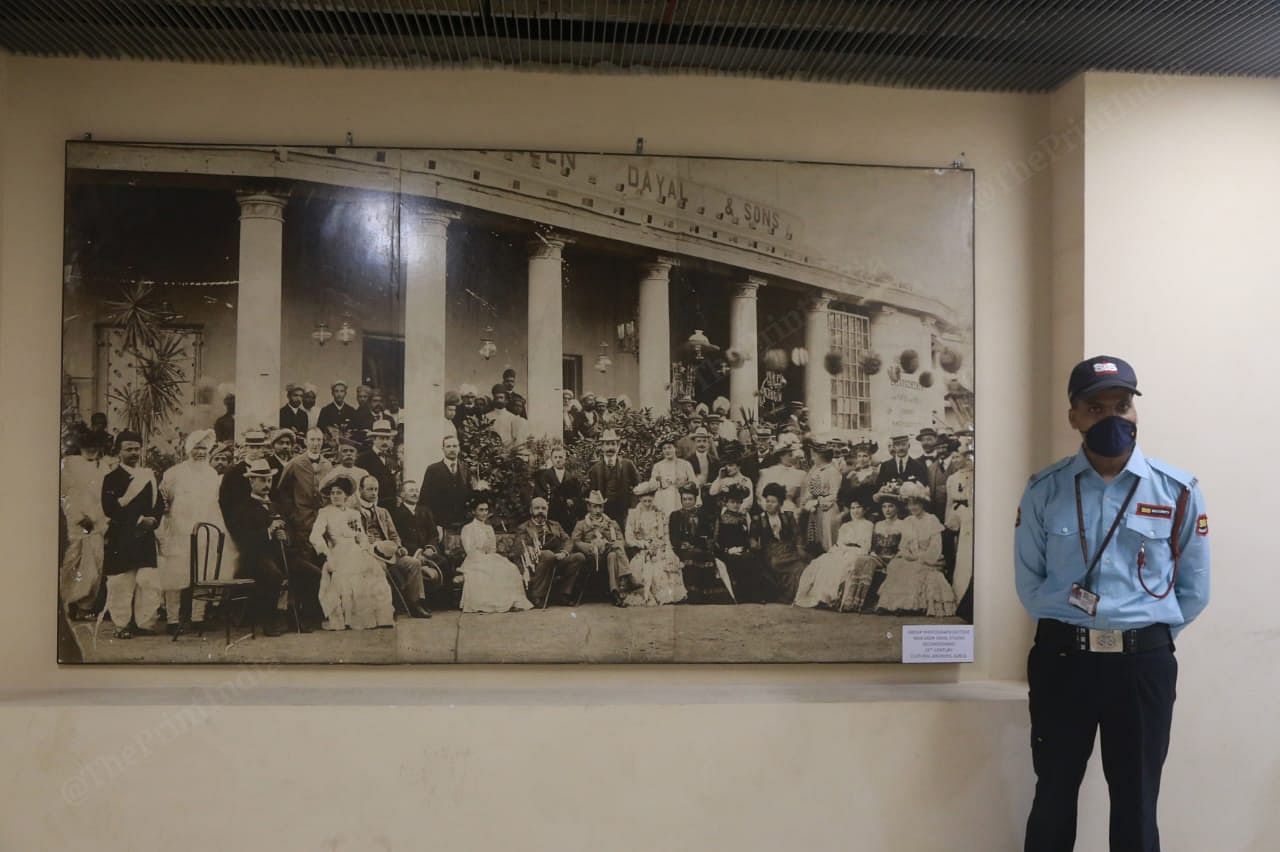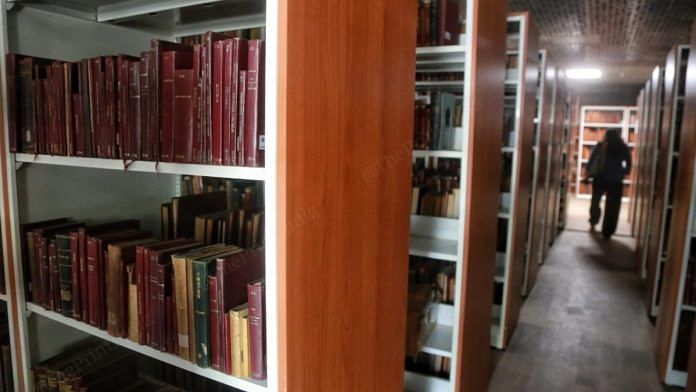New Delhi: While the construction of the Rs 20,000-crore Central Vista project is underway, several key historical buildings have been shifted to new locations and one of them is the Indira Gandhi National Centre for the Arts (IGNCA).
Earlier ensconced on Janpath Road, the art gallery has now been moved to the refurbished Janpath Hotel for the next two to three years. The new premises of IGNCA, which functions under the Ministry of Culture, was inaugurated by Union ministers Hardeep Singh Puri and Prahalad Singh Patel on 1 July.
Built in 1985, in memory of former prime minister Indira Gandhi, over the years the art gallery has witnessed a variety of events — from exhibitions and poetry recitals to art performances.
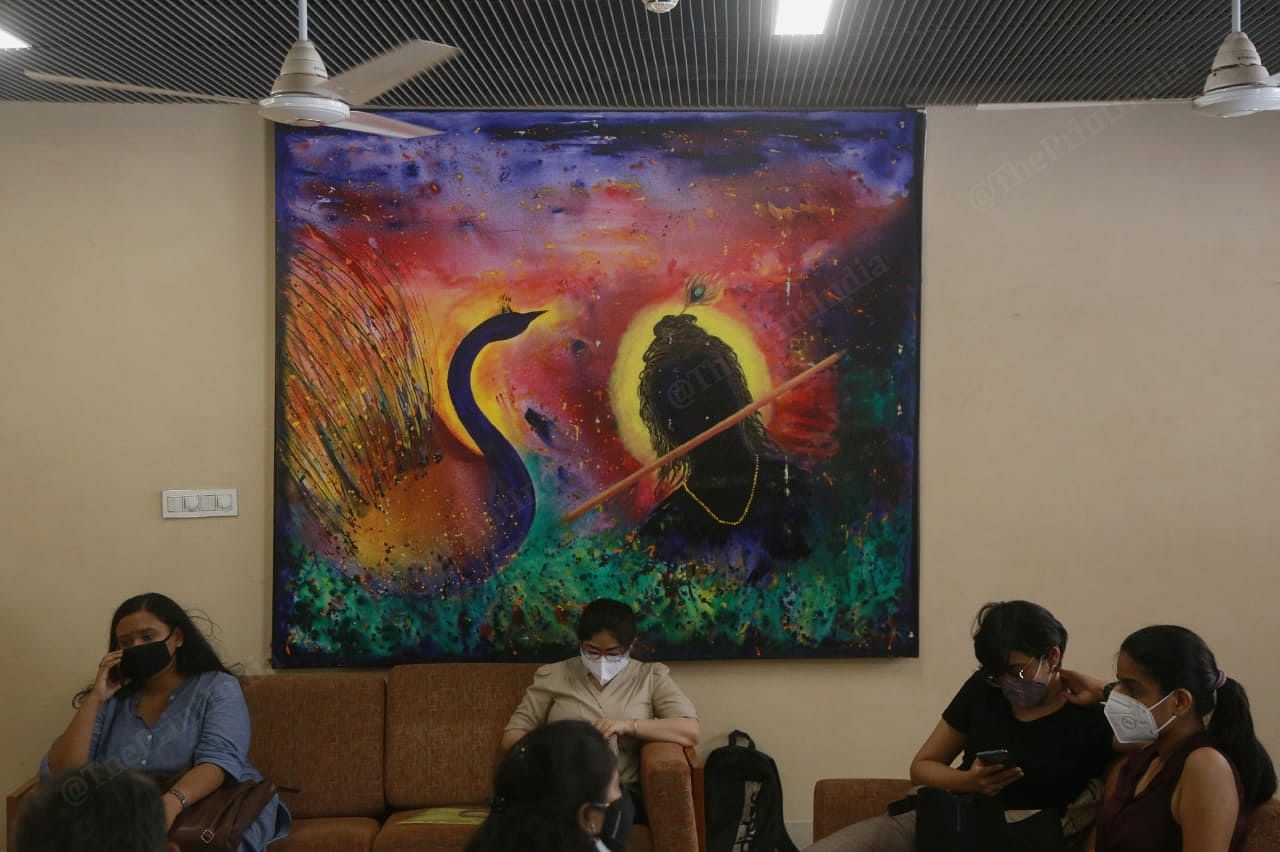
Under the Central Vista project, three new ministry buildings will replace IGNCA, and the institution will be given a permanent place at Jamnagar House at the India Gate circle by 2023.
The gallery at Janpath Hotel will be open to the public from the first week of August.
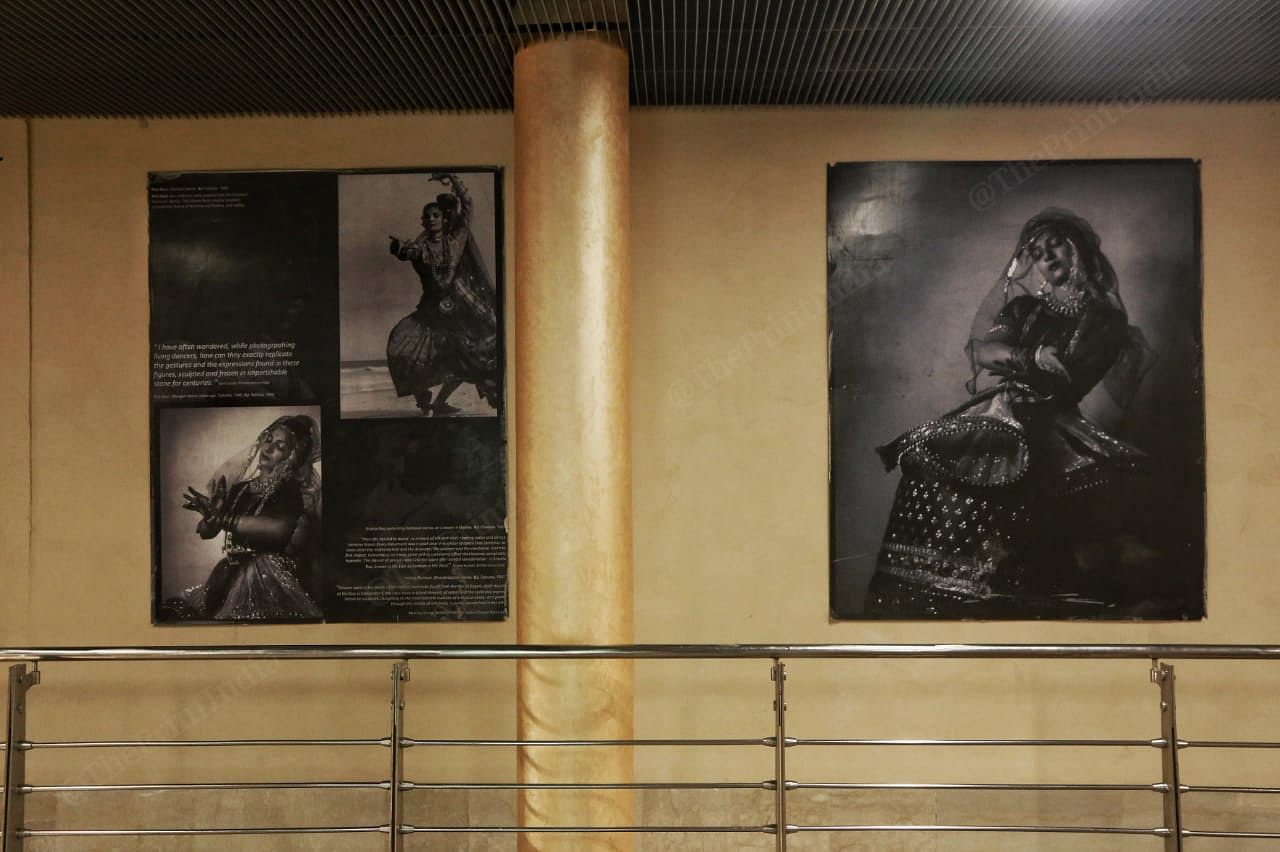
The present campus of IGNCA is markedly different from its earlier sprawling location near India Gate.
The old campus was spread across 25 acres and had huge open areas and grounds. The new premises, however, sits on a 4.4-acre land and has an amphitheater and few open areas between the wings of the building.
While the Janpath Hotel is a five-storey building, new areas have also been created especially for the IGNCA.
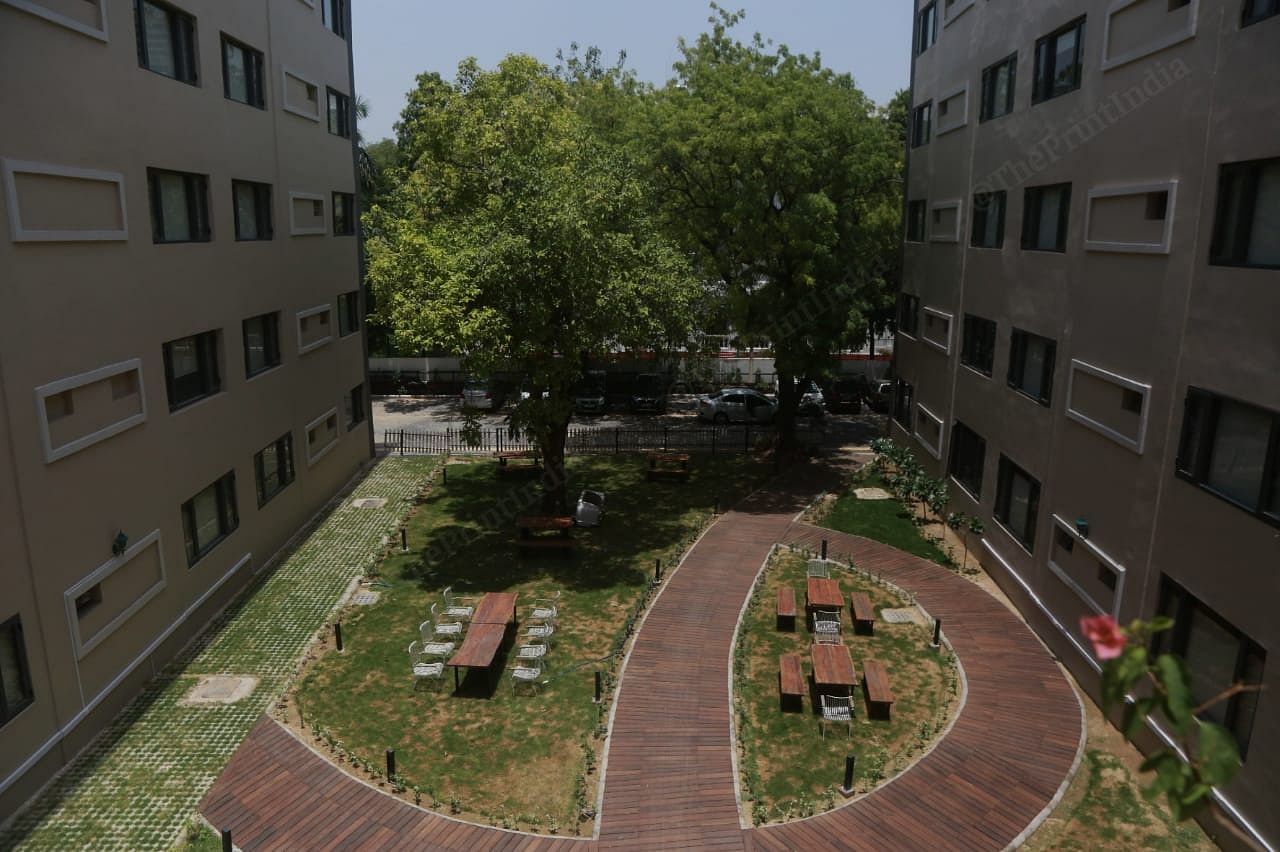
How new space is different from old campus
The temporary building of IGNCA is more concrete and gives an impression of a corporate building, unlike the earlier, more artistic, location of the gallery.
IGNCA member-secretary Sachidanand Joshi told ThePrint that every place has its plus and minus points. “The old campus did not have an auditorium, well-structured exhibition halls, rooms that could accommodate the archival materials,” he said.
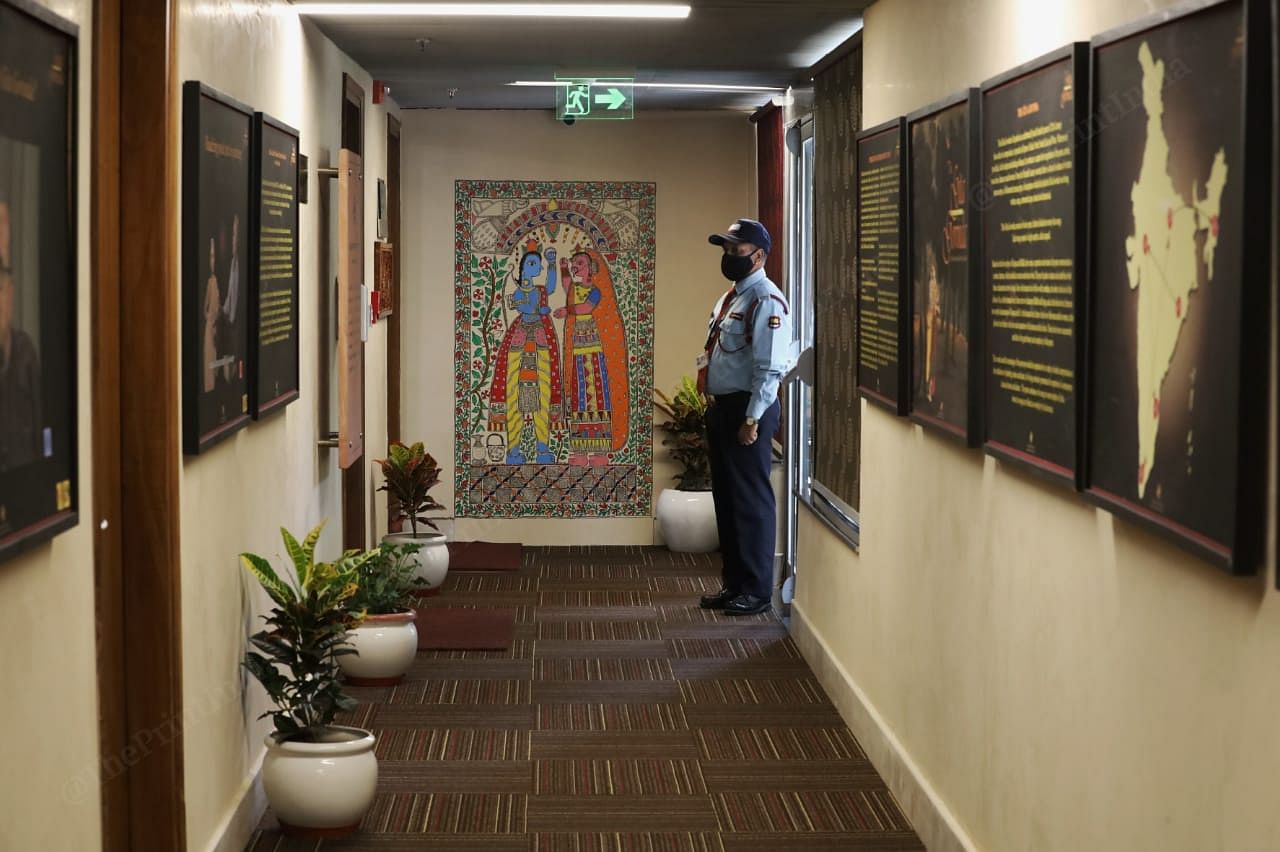
The Janpath Hotel also does not have big halls where artefacts and paintings can be exhibited. However, Joshi said that they have tried to creatively modify the space such as the rooftop and balcony.
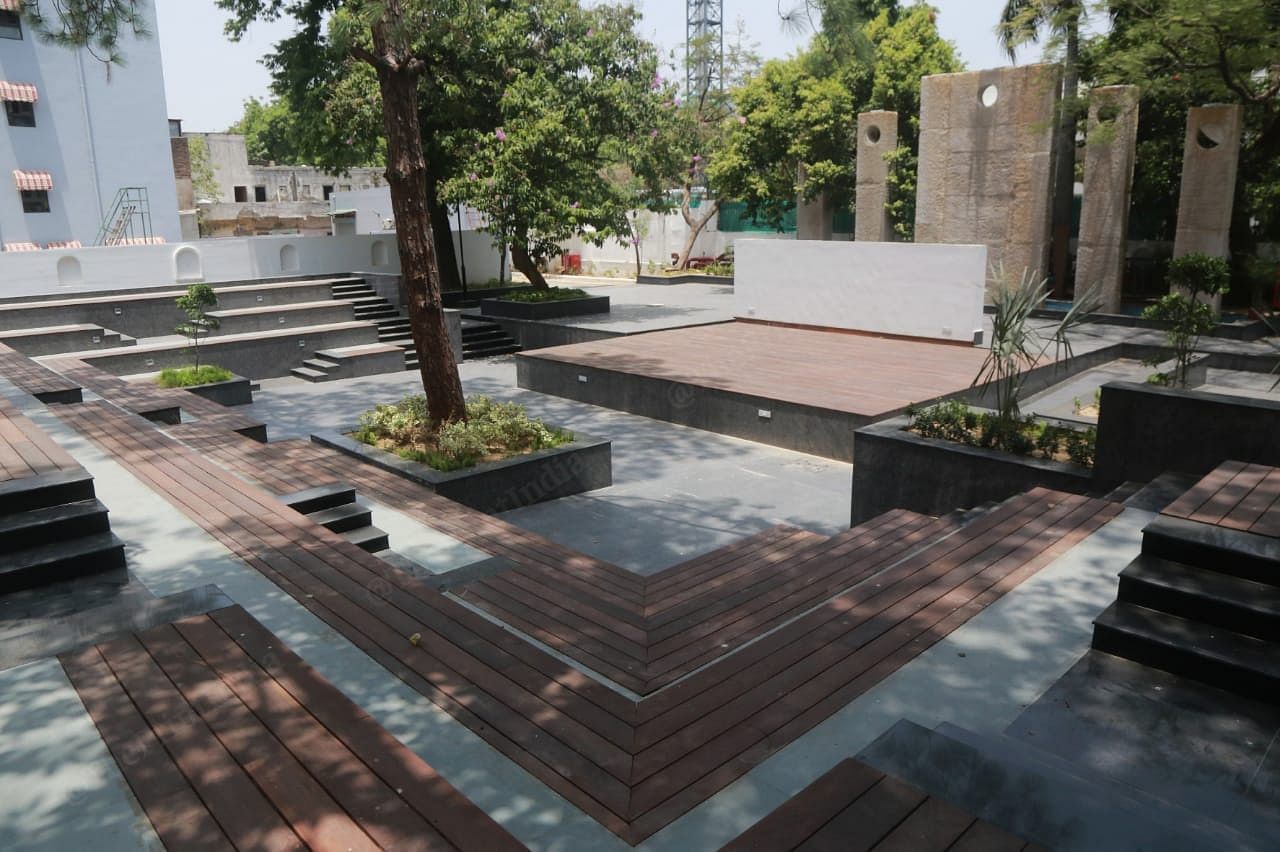
Joshi also noted that the current location is likely to attract more visitors given the location of the art gallery on the main road and its resultant accessibility.
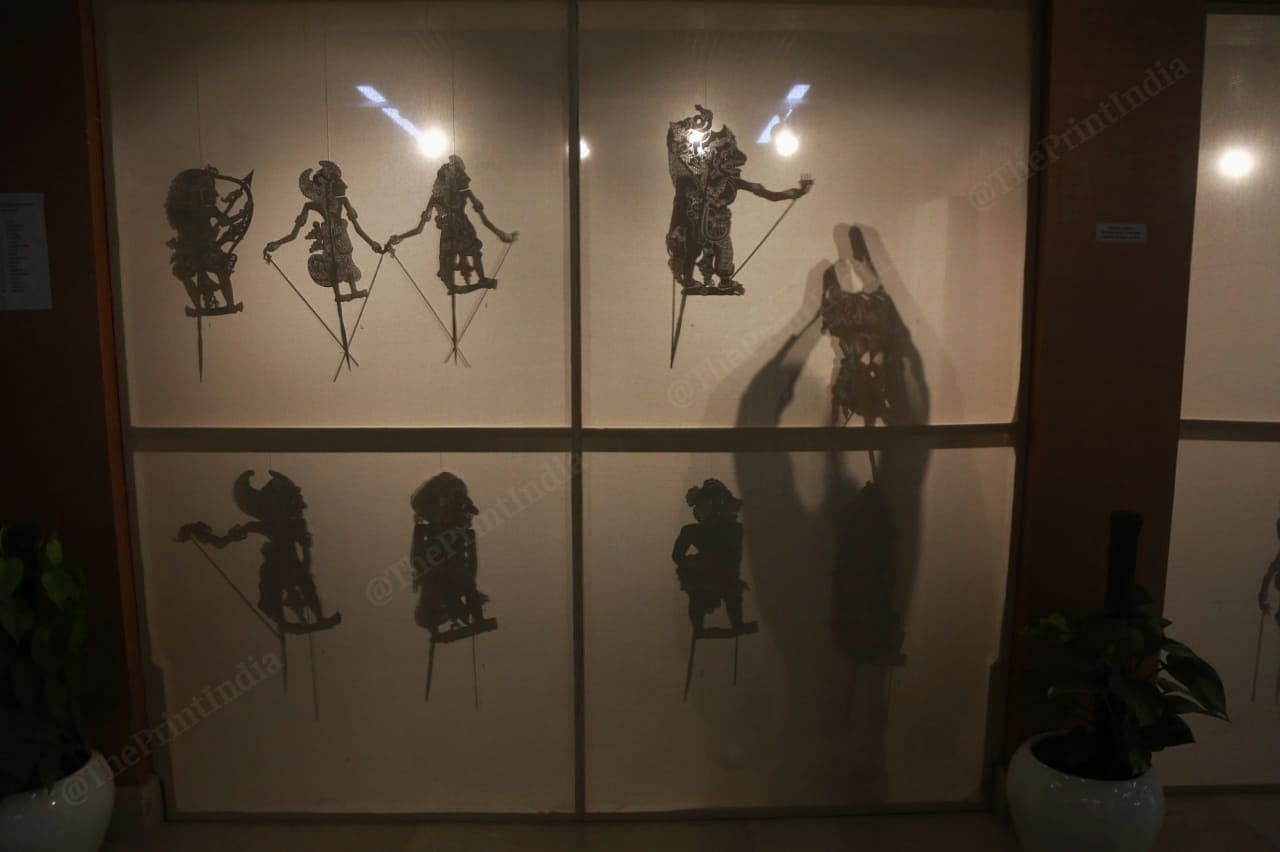
The shifting process
The plan to undertake the massive process of shifting to the new location began in October 2019.
According to Joshi, the gallery officials faced several challenges in the process. The most prominent challenge was the limited staff employed at IGNCA that had to meticulously shift several artefacts, books, archival materials and paintings.
The monumental task was exacerbated with the advent of the Covid-19 pandemic in the country.
“We thought that the project is going to be delayed,” said Joshi.

However, Joshi said the institution came up with a plan to make the process smooth.
At IGNCA, all the departments were asked to take inventory of all materials. The teams were asked to make two lists — first of the things they needed on a short-term basis and the other of materials that were needed on a long-term basis.
The latter has been packed more neatly and stored till the institution is shifted to the Jamnagar house. The conservation and archive division trained other teams on meticulously packing the materials.
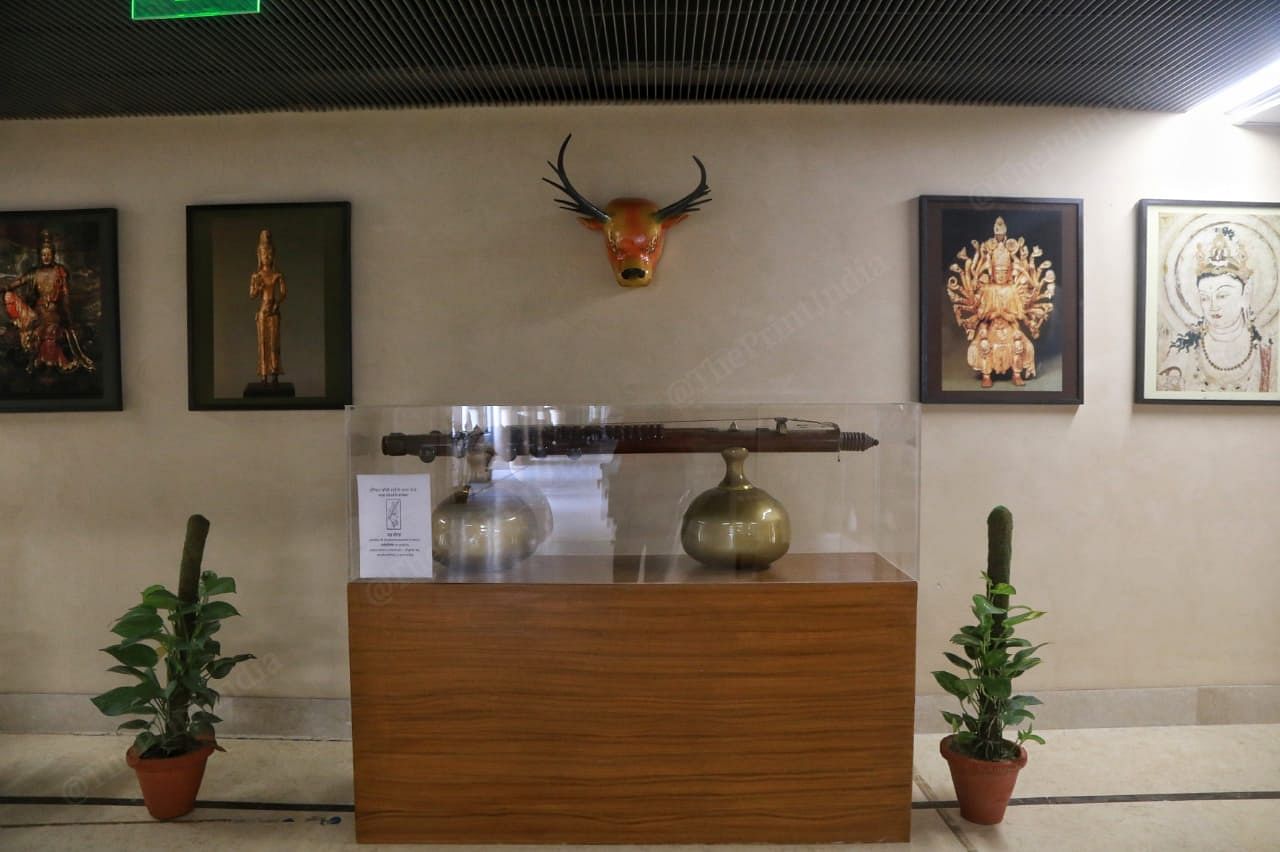
A total of 3 lakh books, 30 lakh manuscripts preserved in microfilms, 1,08,000 photographs of various aspects of Indian culture in the digital medium, 16,000 shooting tapes and hundreds of oil paintings, sculptures, masks and other materials have been shifted to Janpath Hotel.
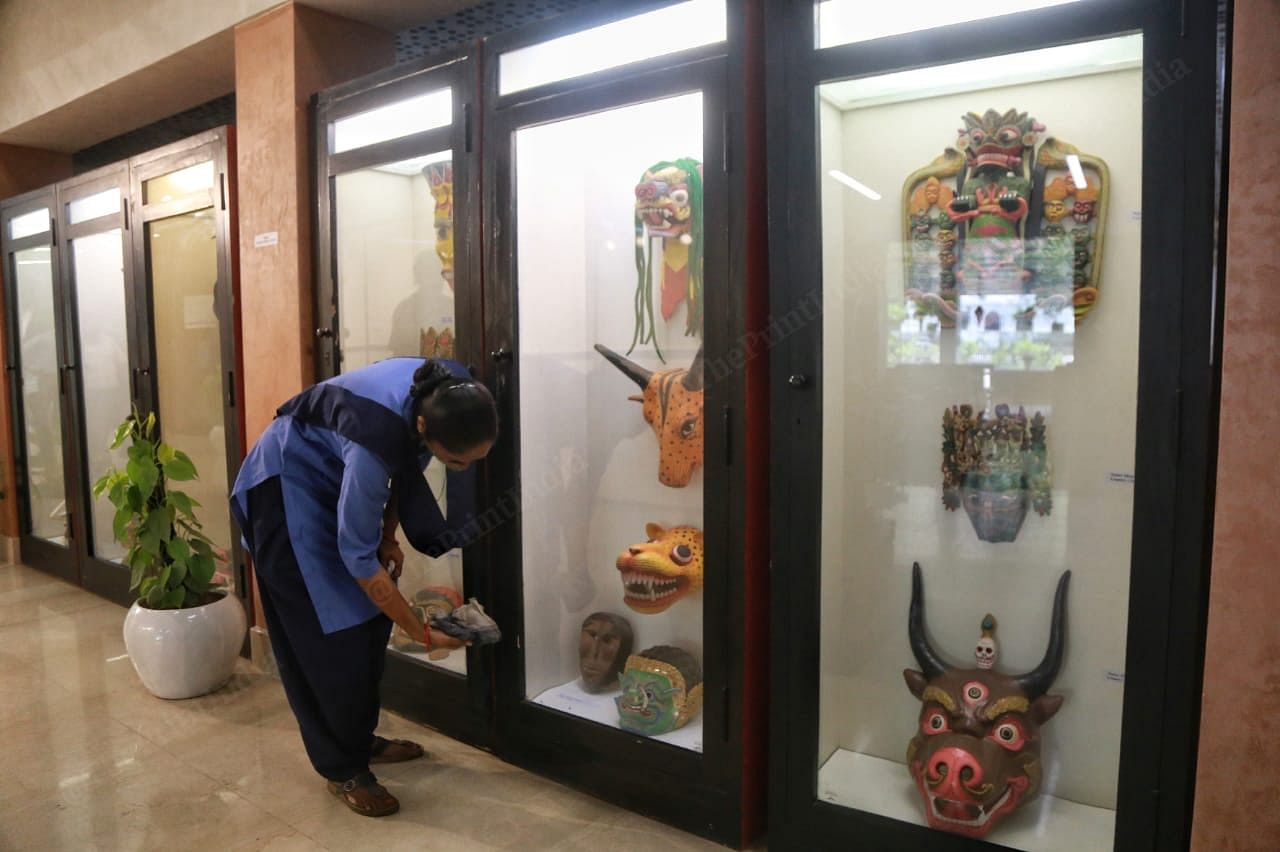
Conversion of an old building into an art centre
The institution worked in collaboration with the Central Public Works Department (CPWD) to make the hotel functional as an art gallery. The primary idea was to ensure that the artefacts were displayed properly and in a safe manner.
Some of the areas in the hotel were also redone and a whole new block was built to accommodate the auditorium, media centre and conference rooms.
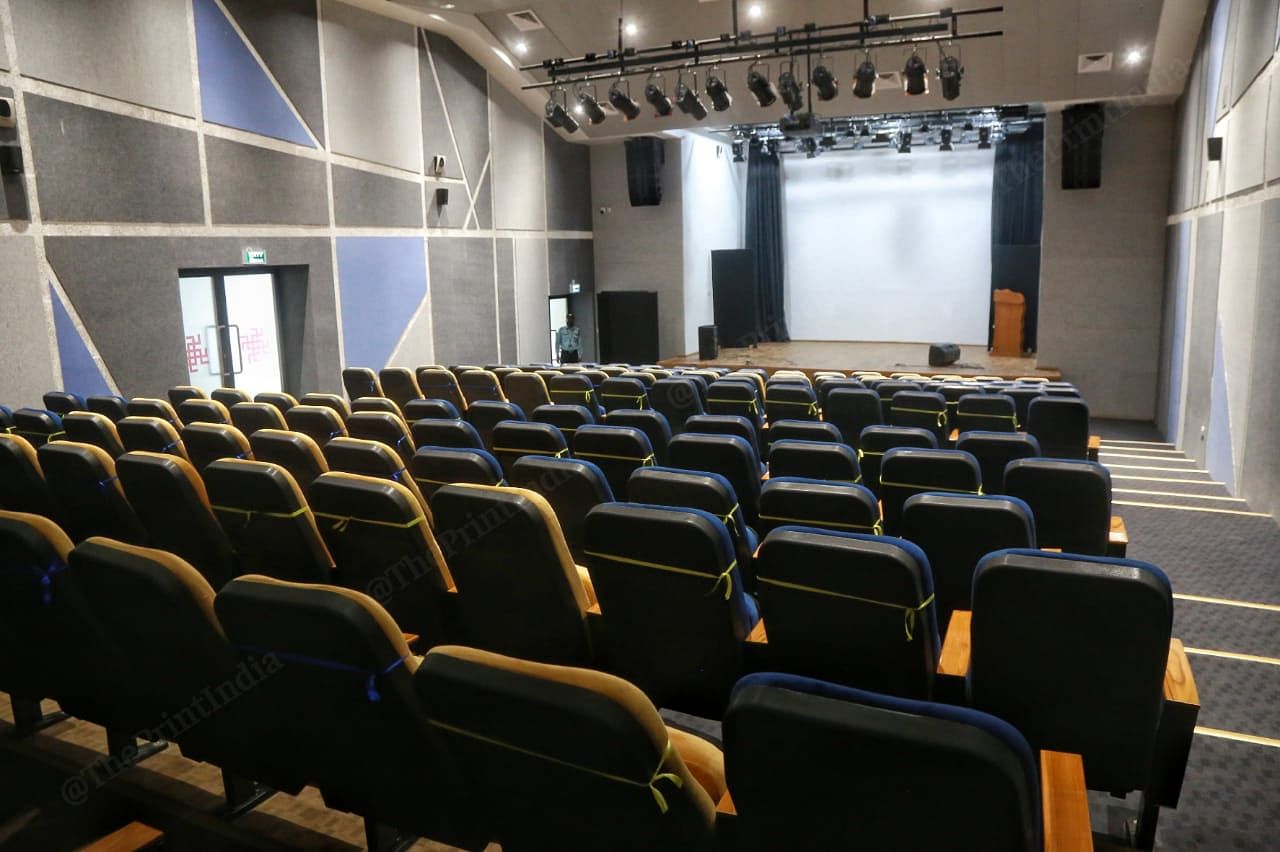
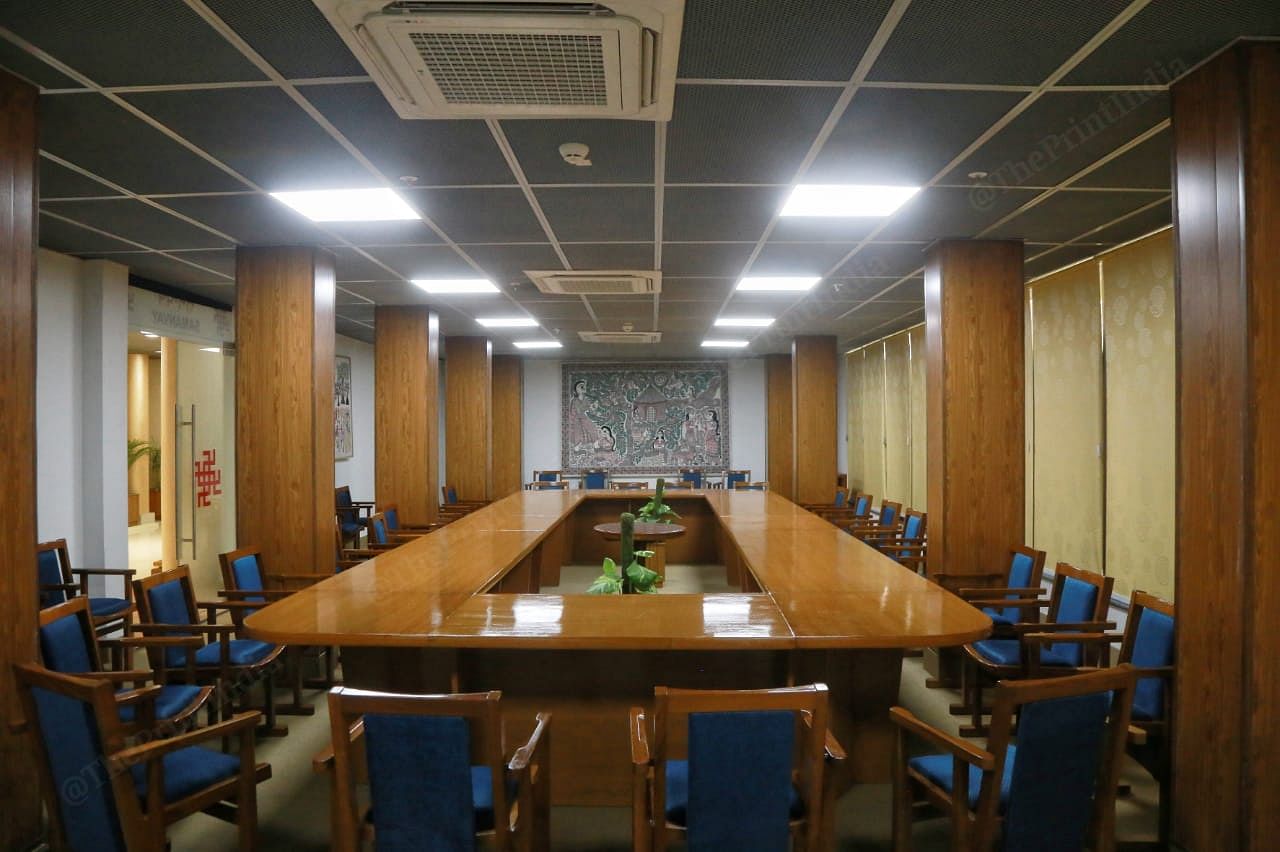
Before shifting, the new premises were mapped out and the position of every material was decided and this helped avoid errors.
